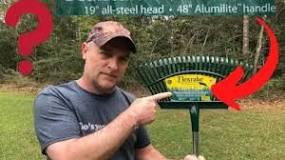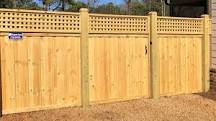So, how long does it actually take to power rake a lawn? Typically, you can expect it to take anywhere from 1 to 3 hours, depending on the size of your yard and how much thatch you’re dealing with. Let’s dive into some details to give you a clearer picture.
Factors That Affect Time
Lawn Size
The bigger your lawn, the longer it’ll take. A small yard might only need an hour, while a larger one could stretch into the afternoon.
Thatch Thickness
If your lawn’s got a thick layer of thatch (that spongy stuff between the grass and soil), it’s gonna take more time. You might have to go over the same area multiple times to get it all up.
Equipment Used
Using a high-quality power rake can speed things up. If you’re renting or using an older model, expect some delays.
Your Experience Level
If you’re a pro at this, you’ll move faster than someone who’s just figuring it out. Practice makes perfect!
Preparation and Cleanup
Before you even start raking, there’s prep work involved. You’ll want to mow your lawn first and remove any debris like sticks or leaves. This could add another hour or so to your total time. And don’t forget about cleanup afterward! Raking up all that thatch can take another half hour, depending on how much you’ve collected.
Summary
In summary, power raking your lawn can take anywhere from 1 to 3 hours based on various factors like size, thatch thickness, and your experience level. Just remember to factor in prep and cleanup time for a more accurate estimate!
FAQ
How often should I power rake my lawn?
You generally want to power rake once a year, usually in the spring or fall. This helps keep your grass healthy without stressing it out too much.
Can I power rake wet grass?
It’s best to avoid power raking when the grass is wet. Wet conditions can lead to clumping and make the job harder than it needs to be.
Will power raking damage my lawn?
If done correctly, power raking shouldn’t harm your lawn. Just be gentle and don’t go overboard—your grass will bounce back!
What’s the difference between power raking and dethatching?
Power raking is more aggressive and removes more material than dethatching. Dethatching is generally lighter and focuses on just removing thatch without disturbing the soil too much.
So there you have it! Power raking can be a bit of work, but with the right knowledge and preparation, you’ll have a healthier lawn in no time.







